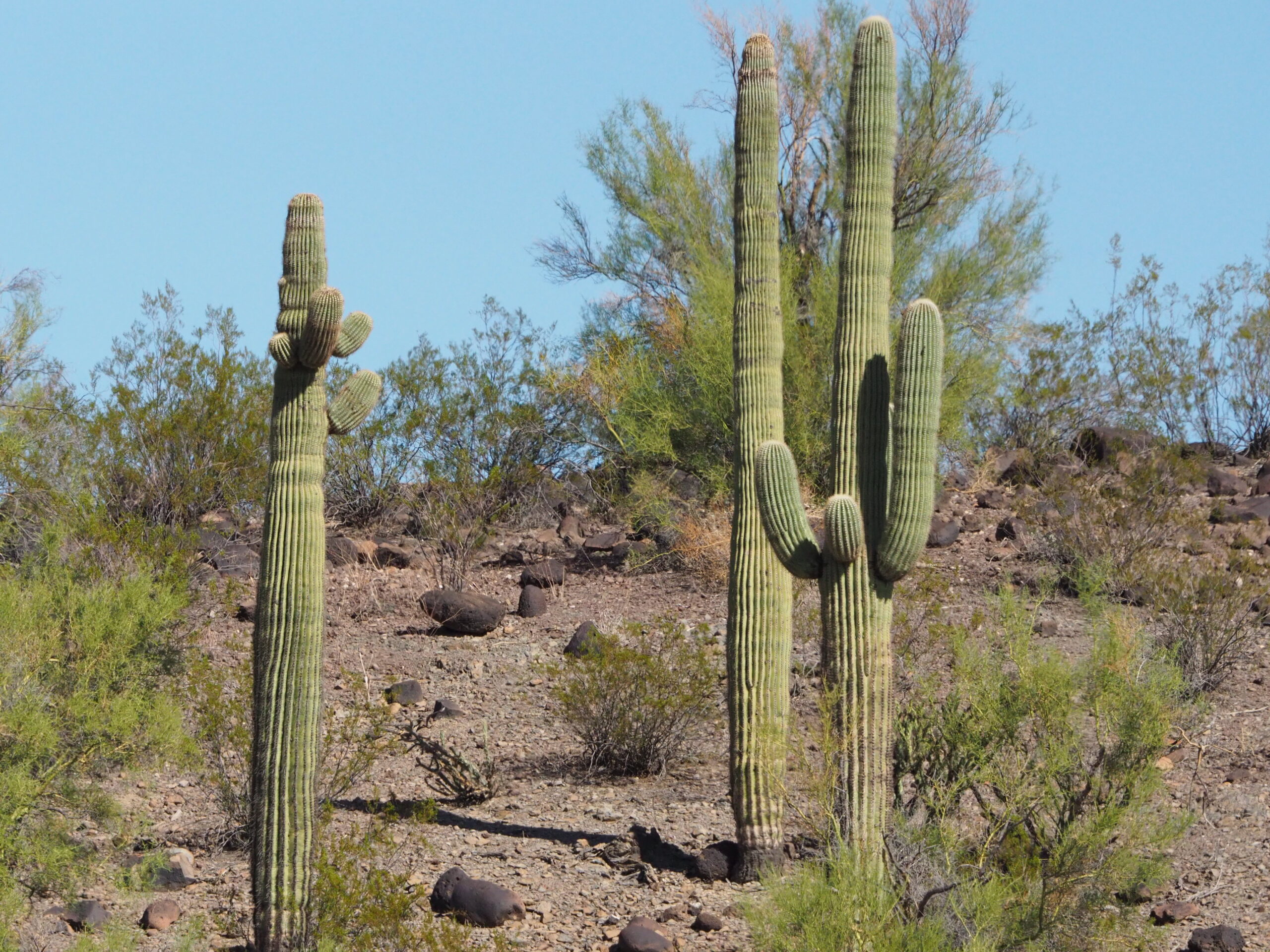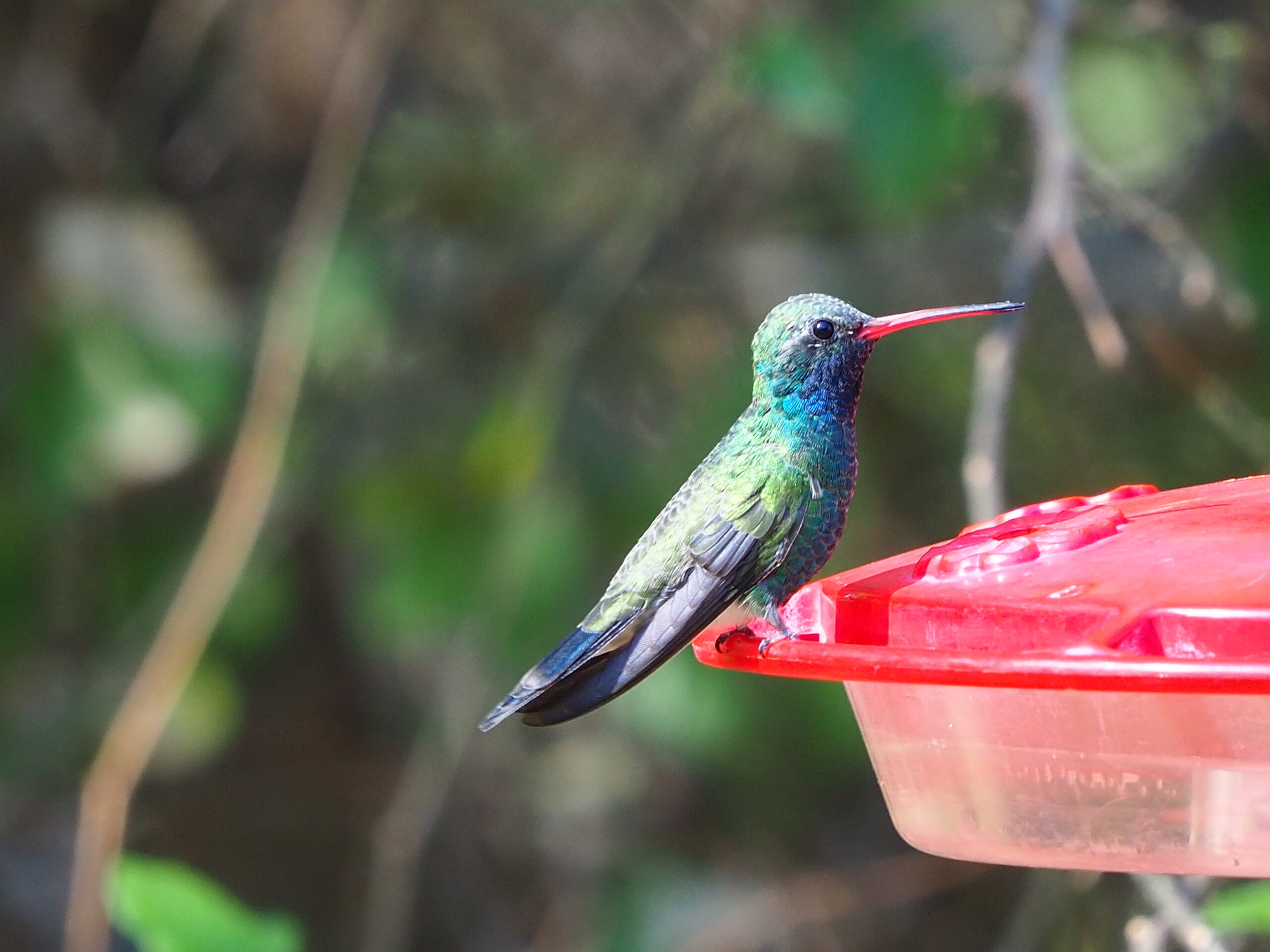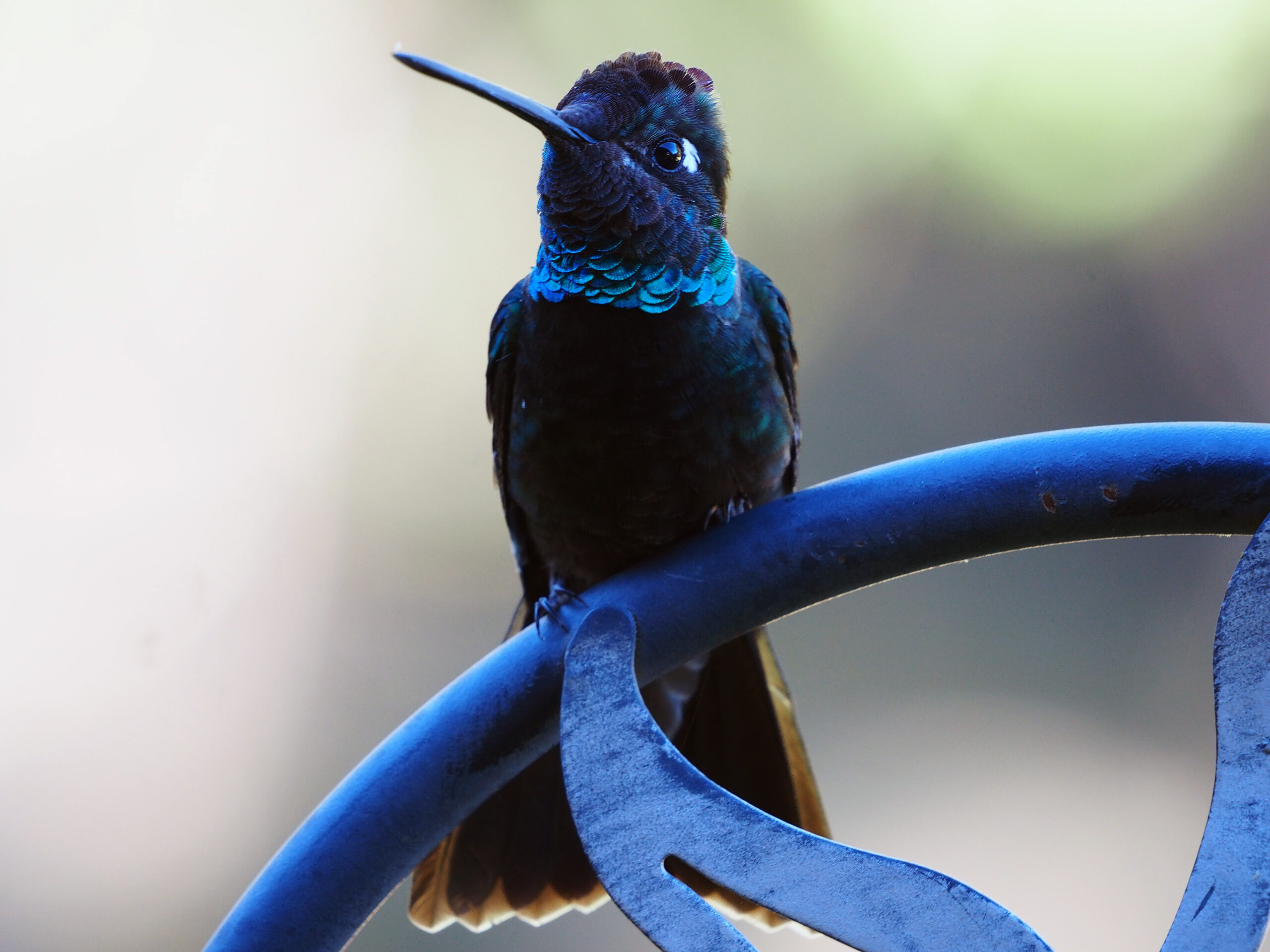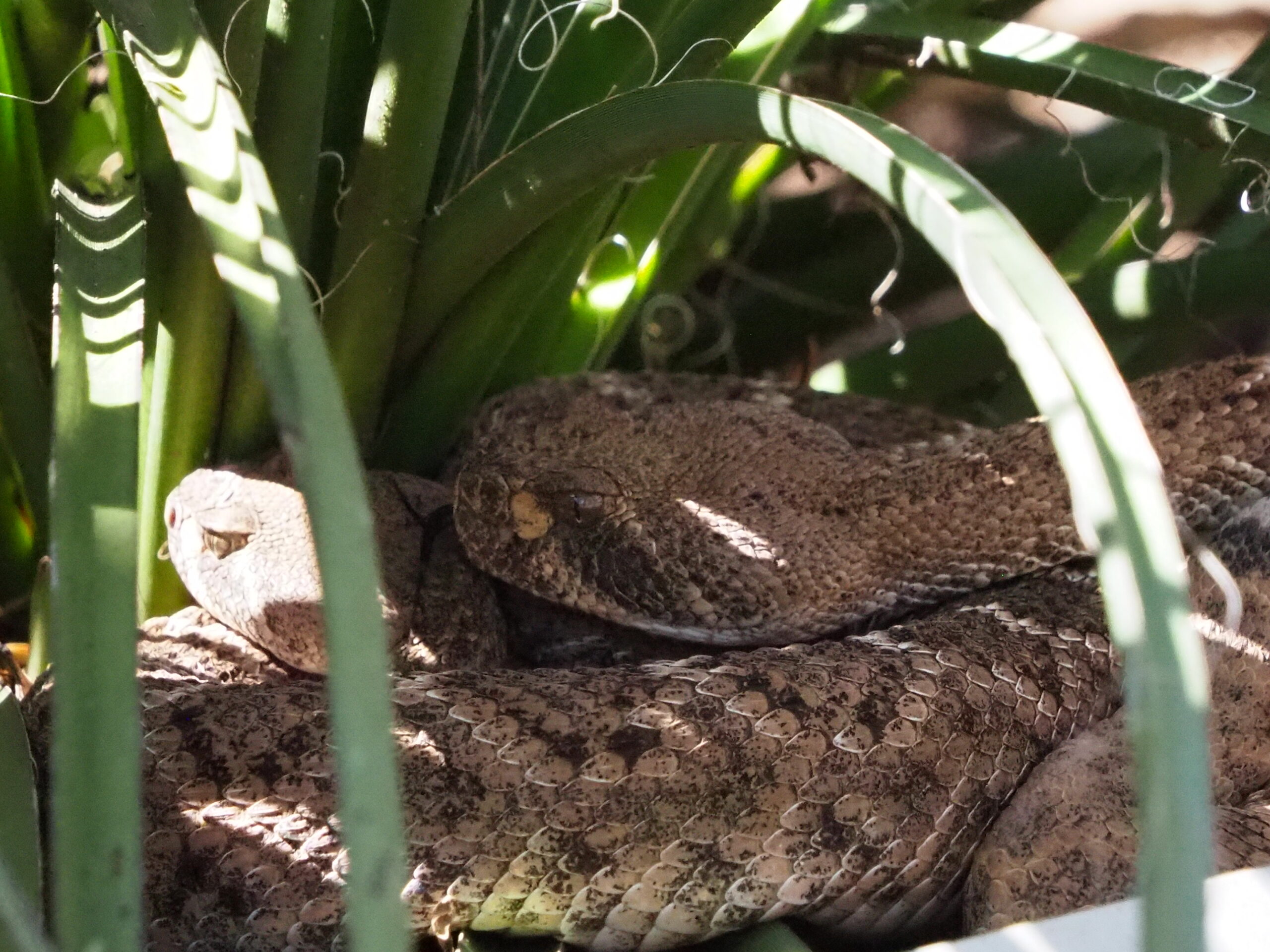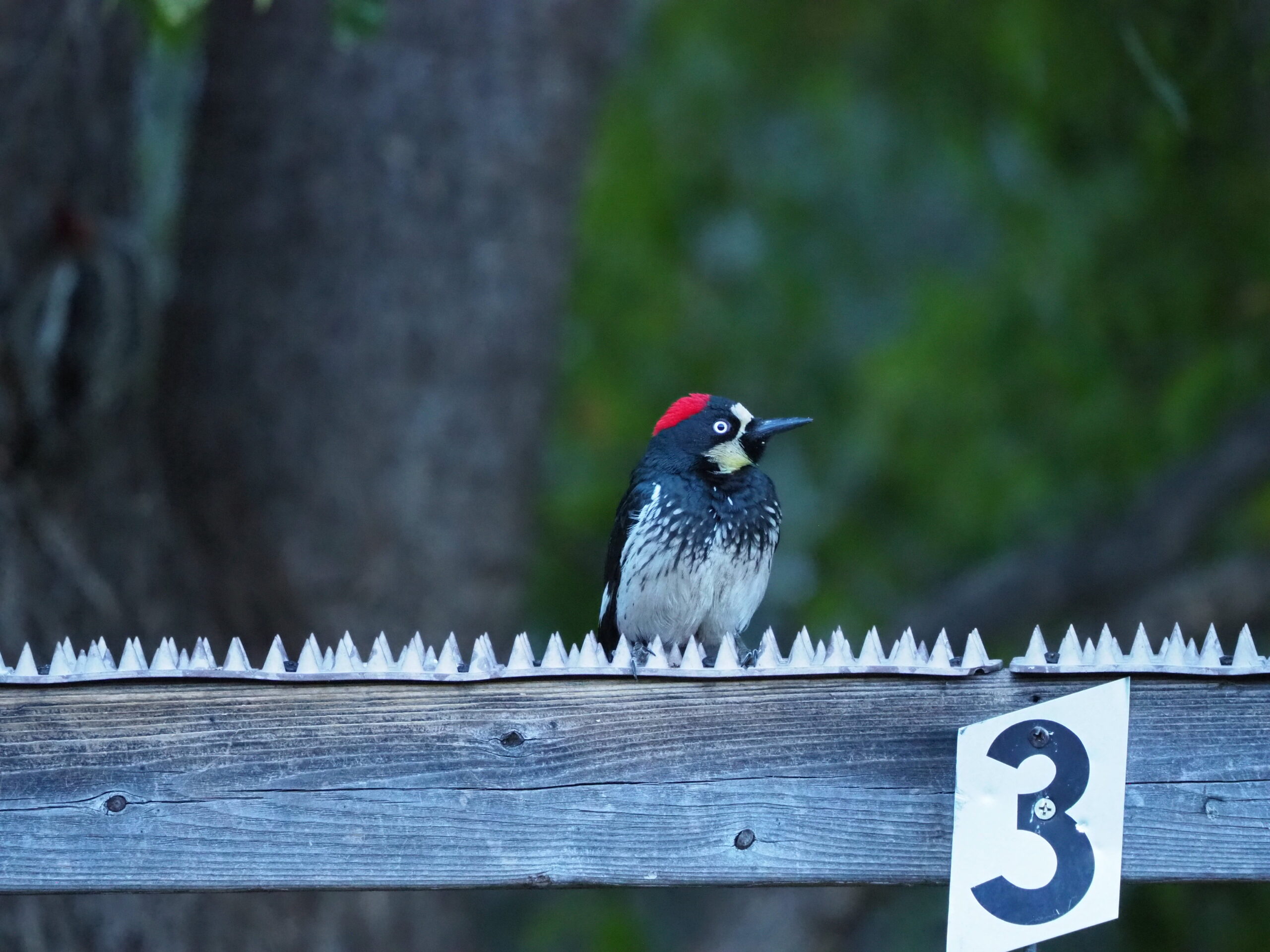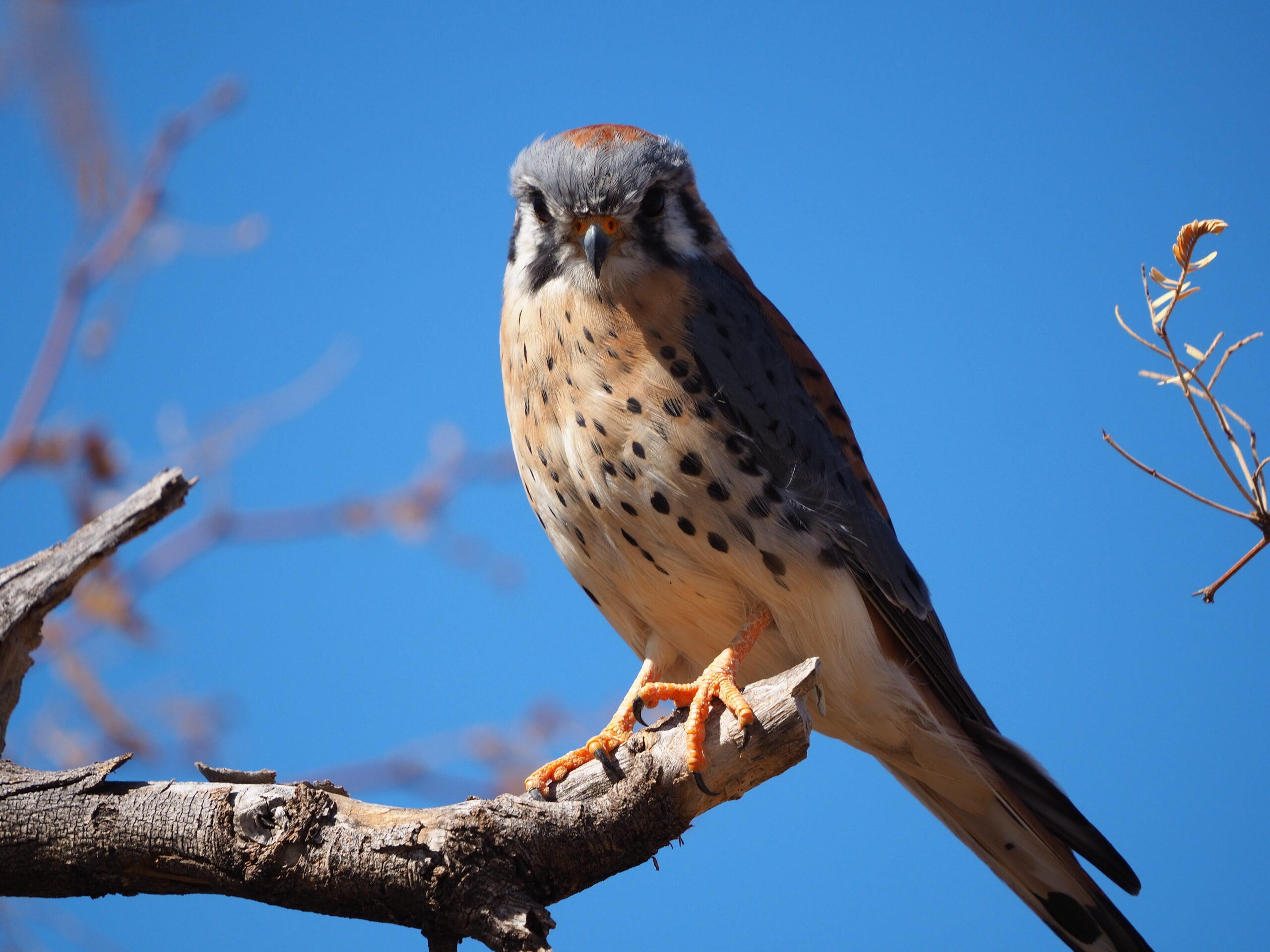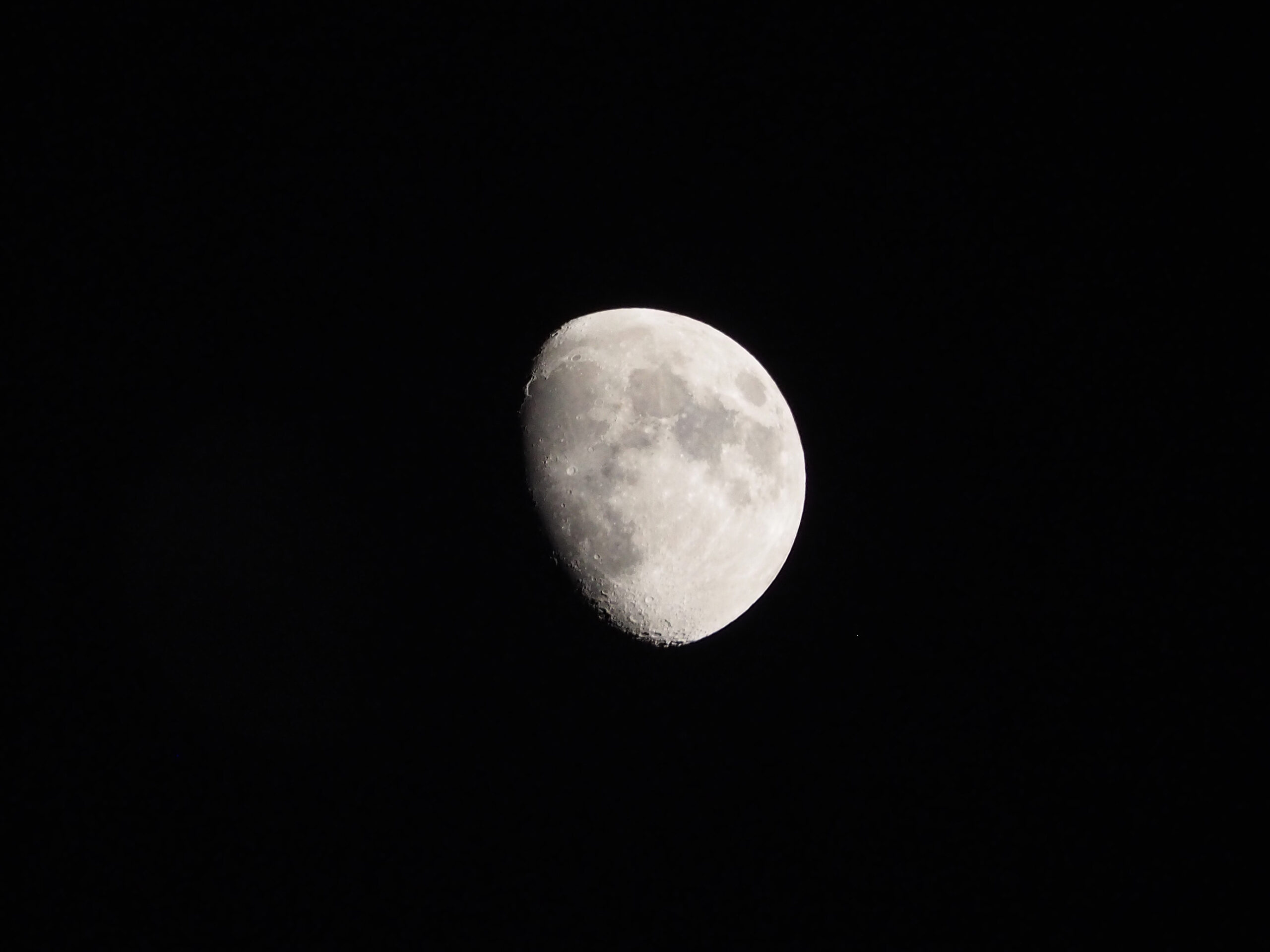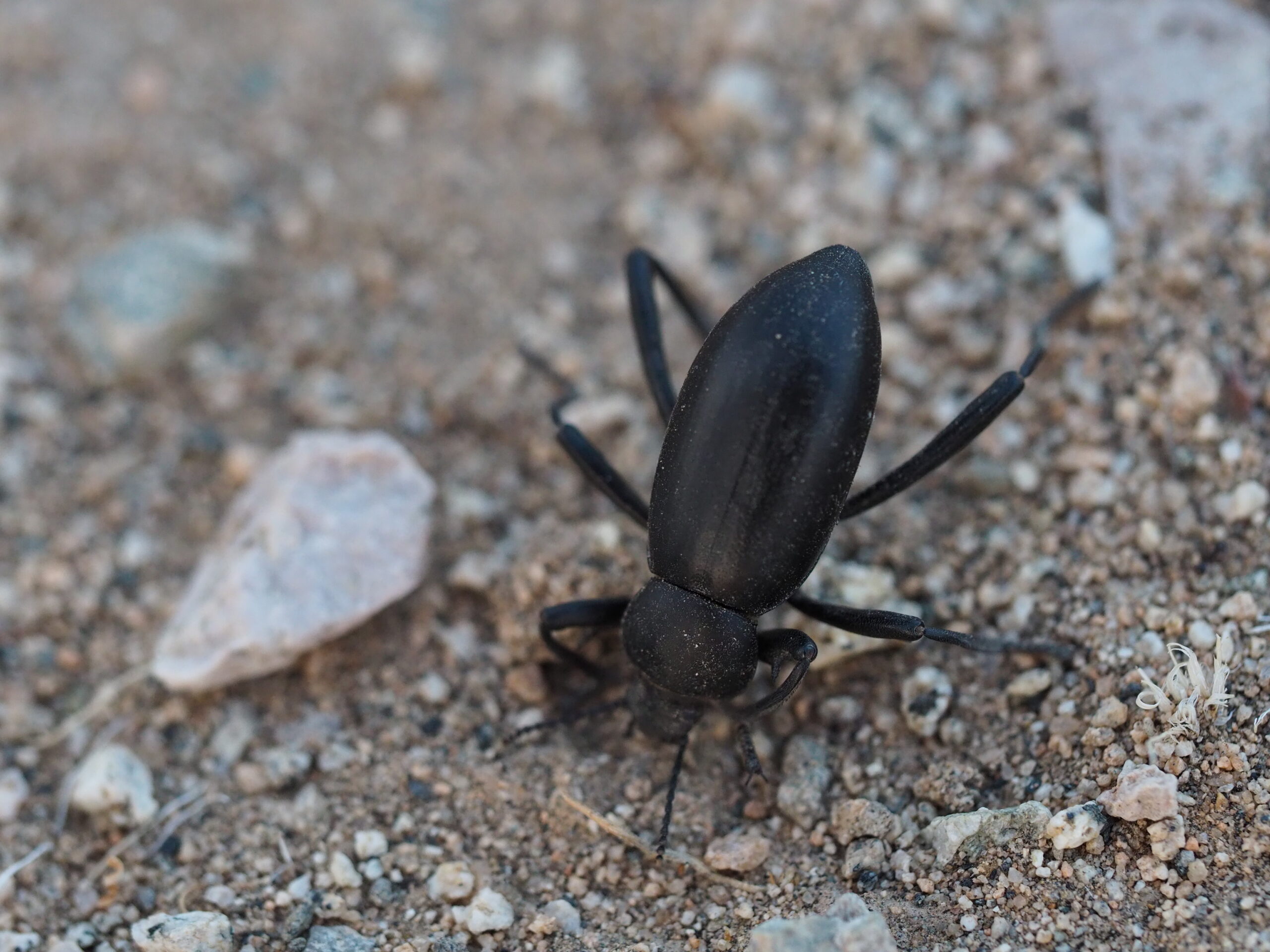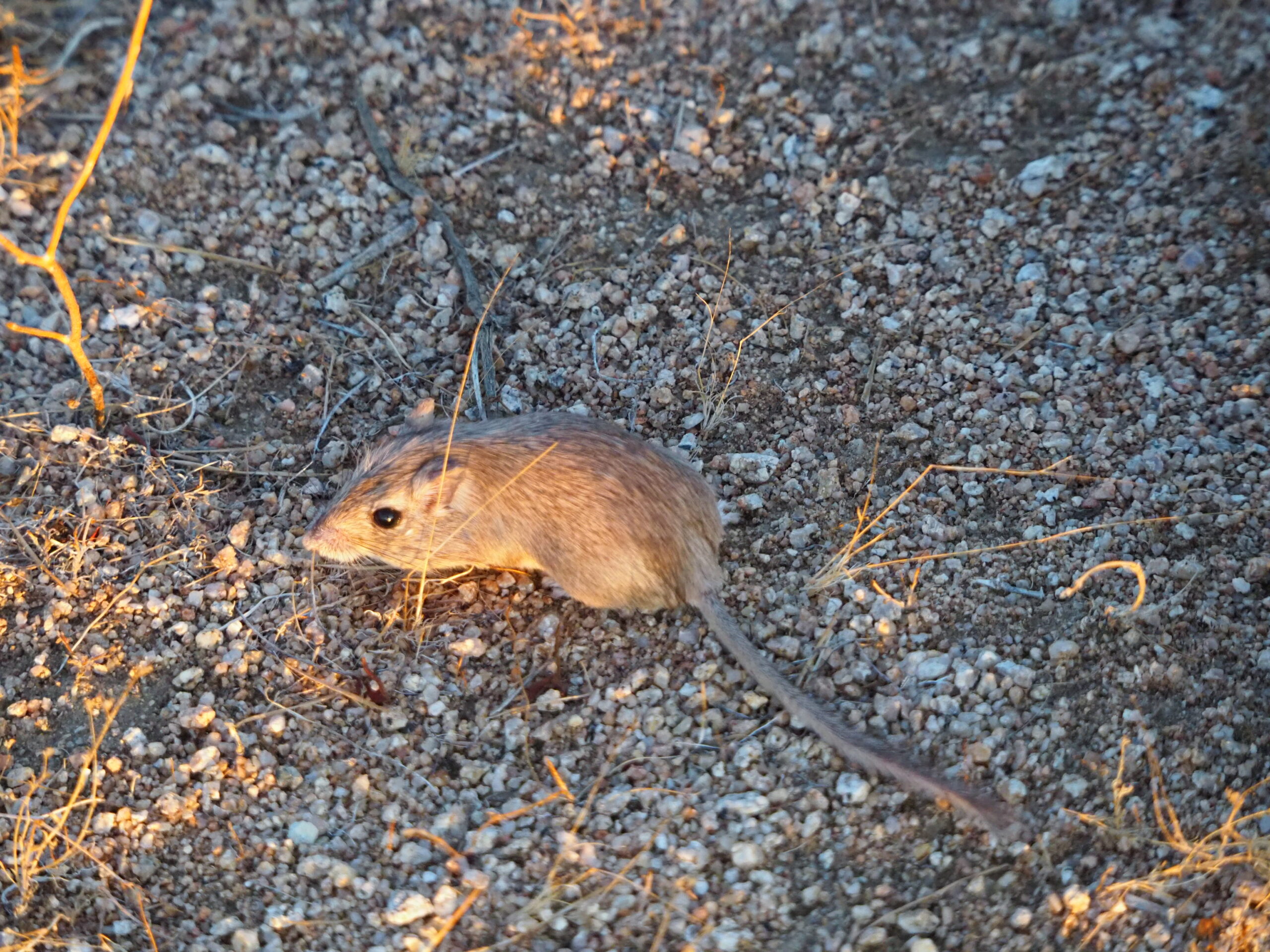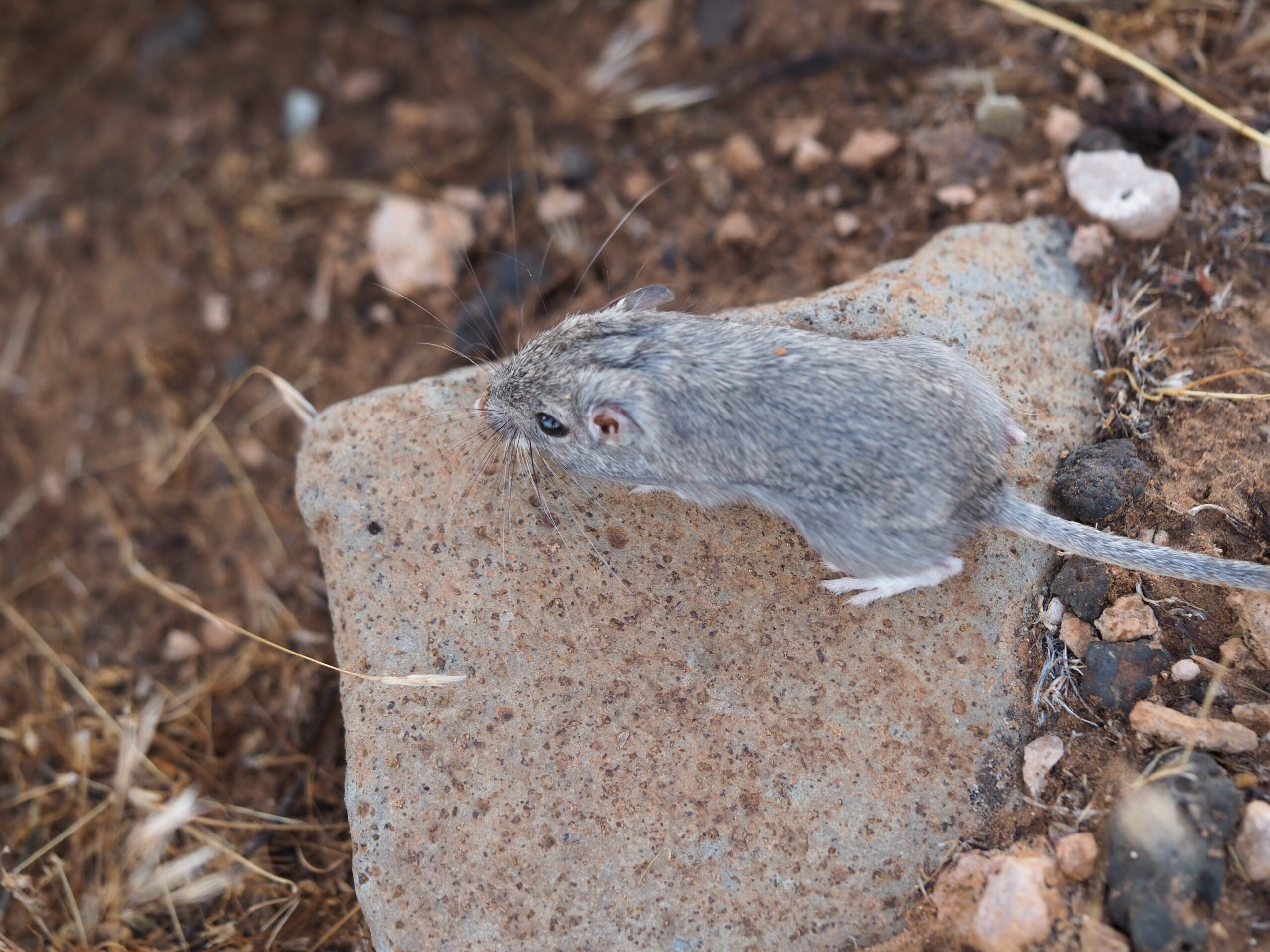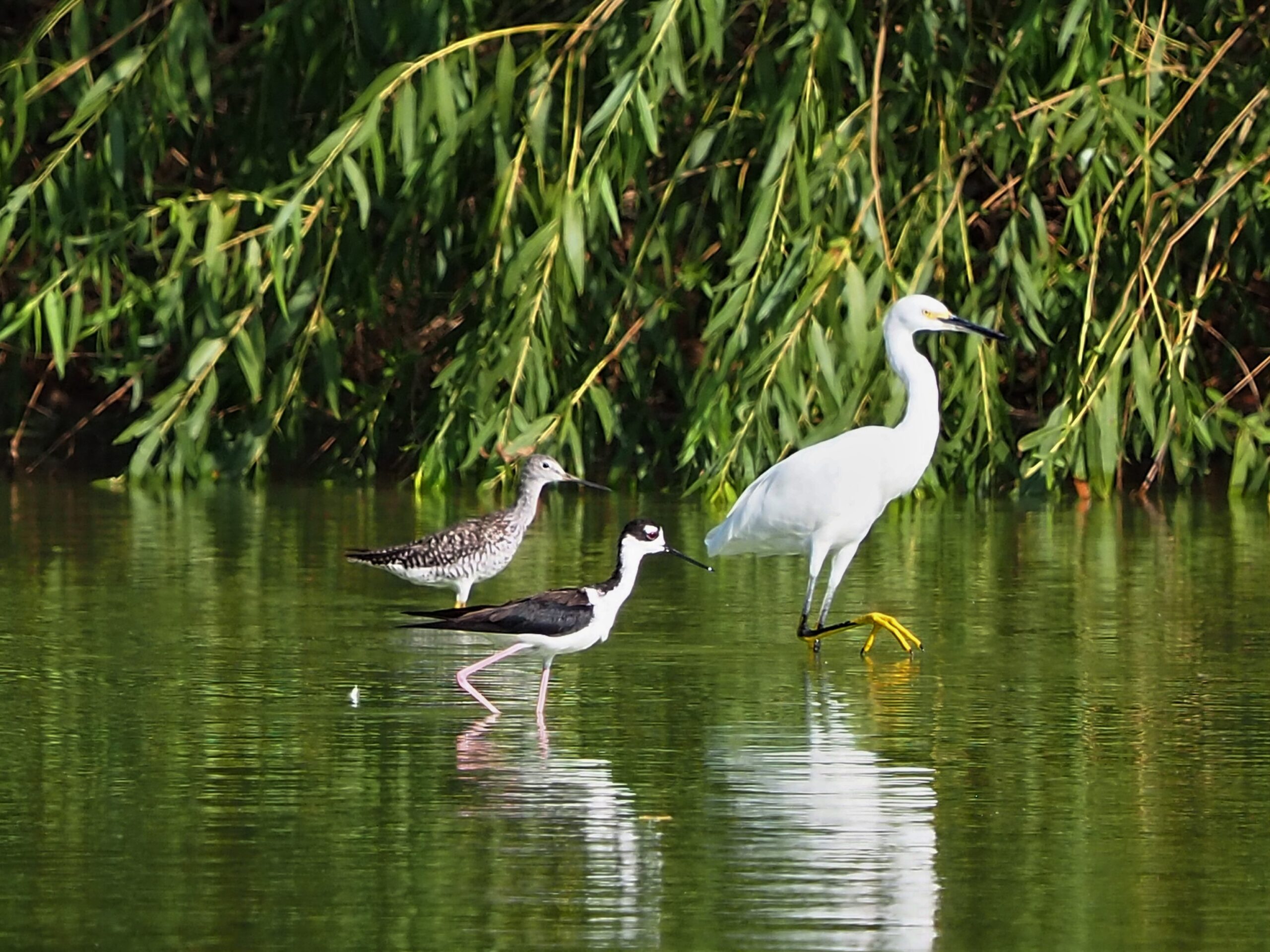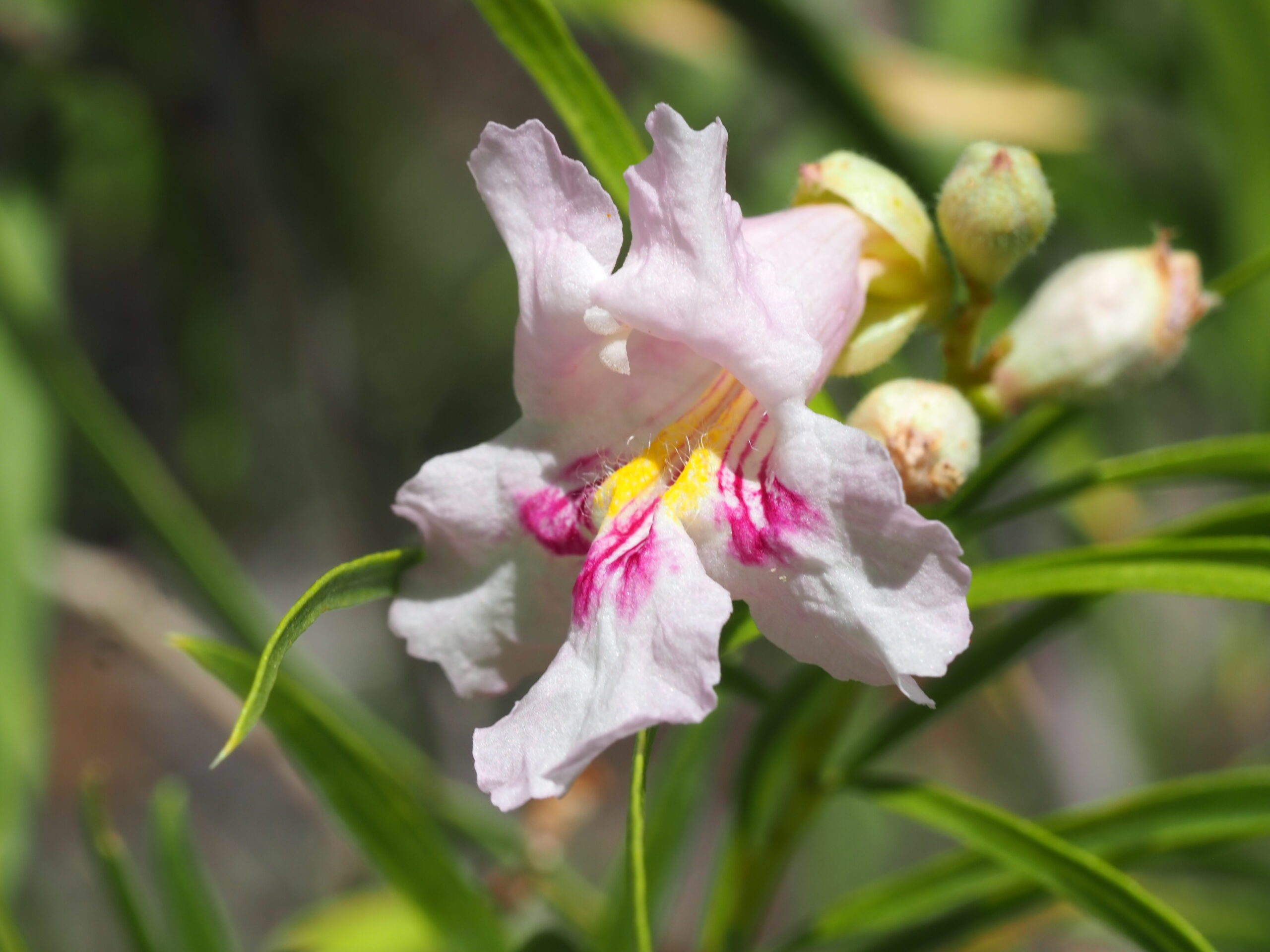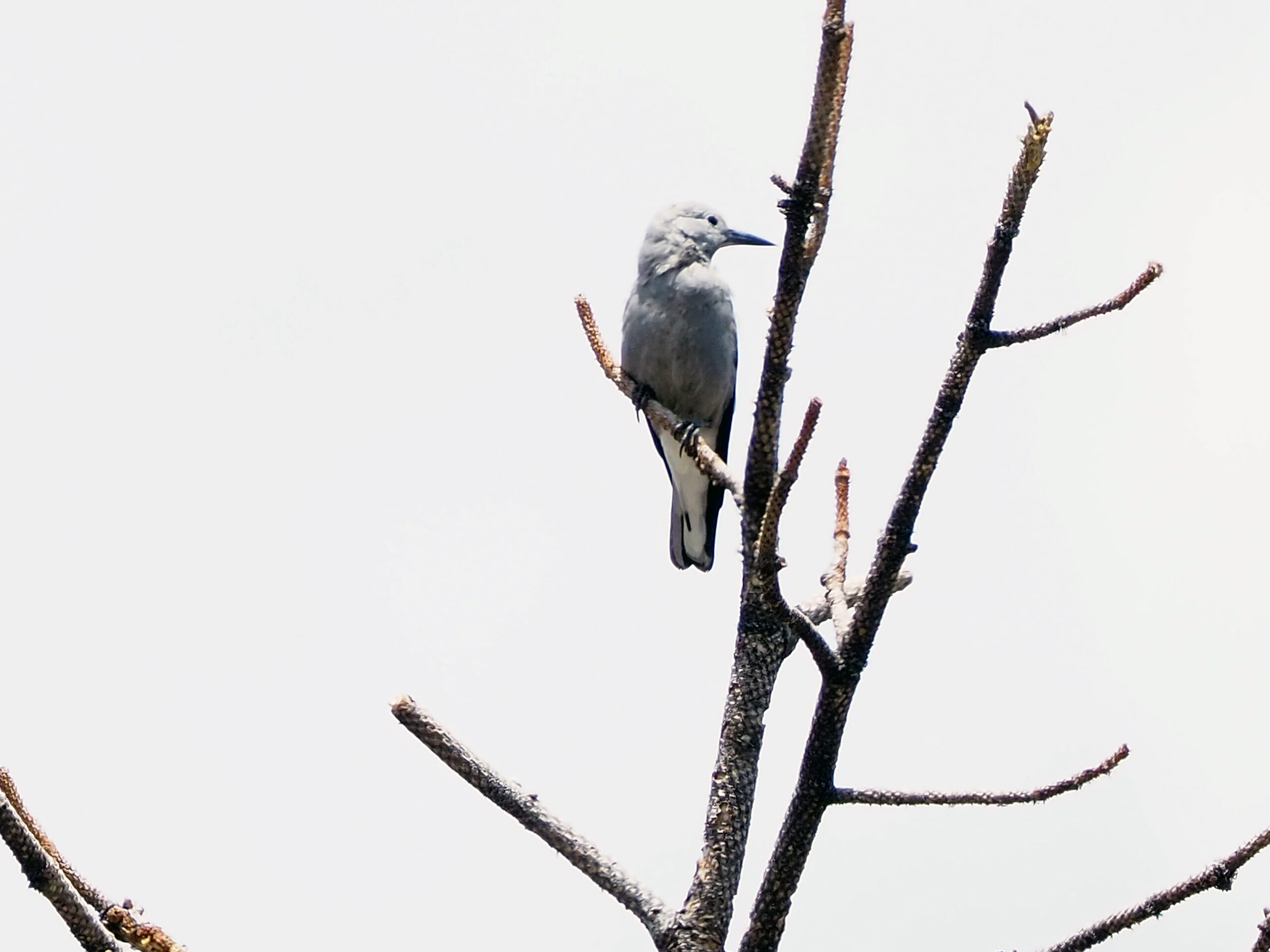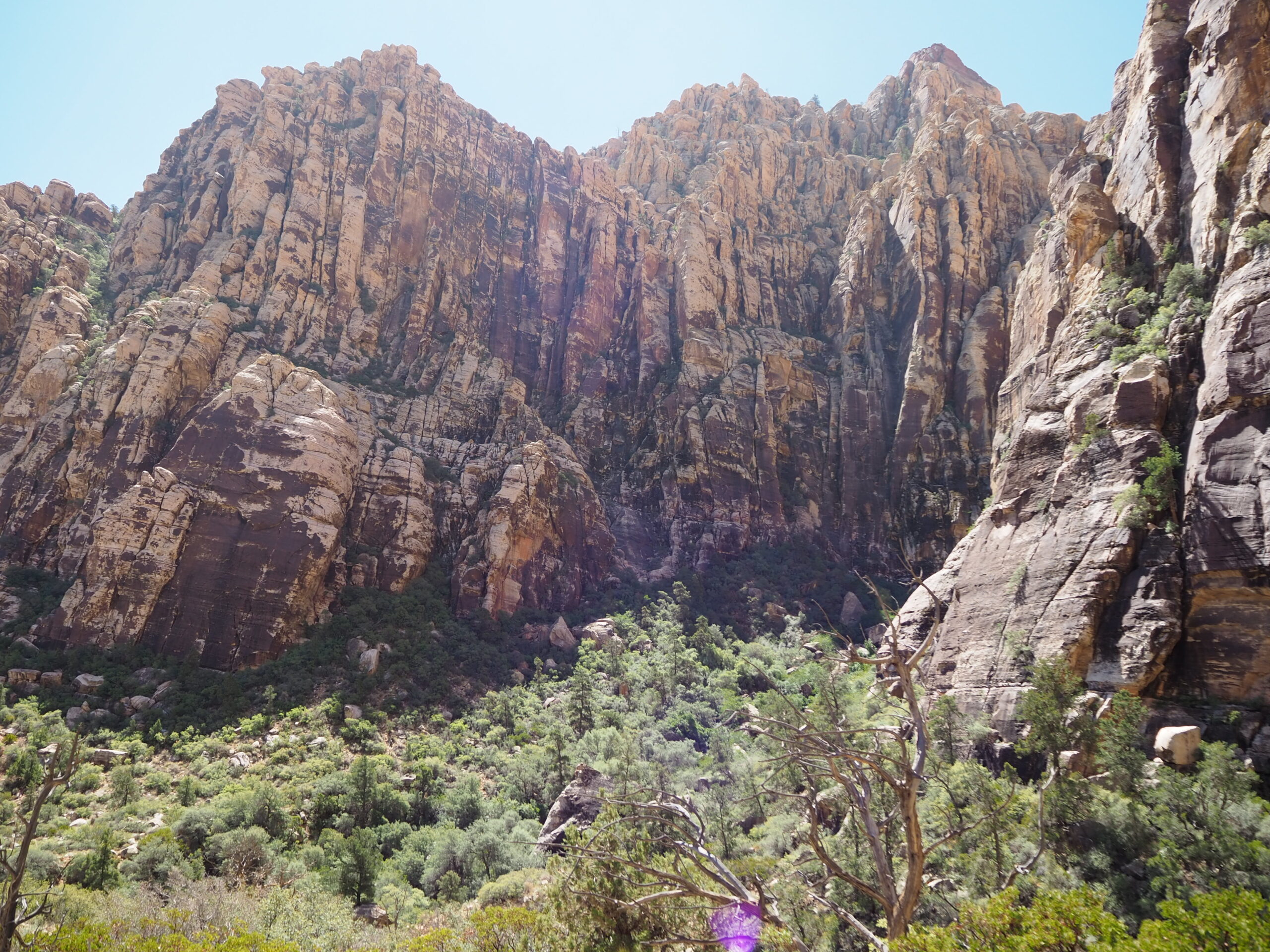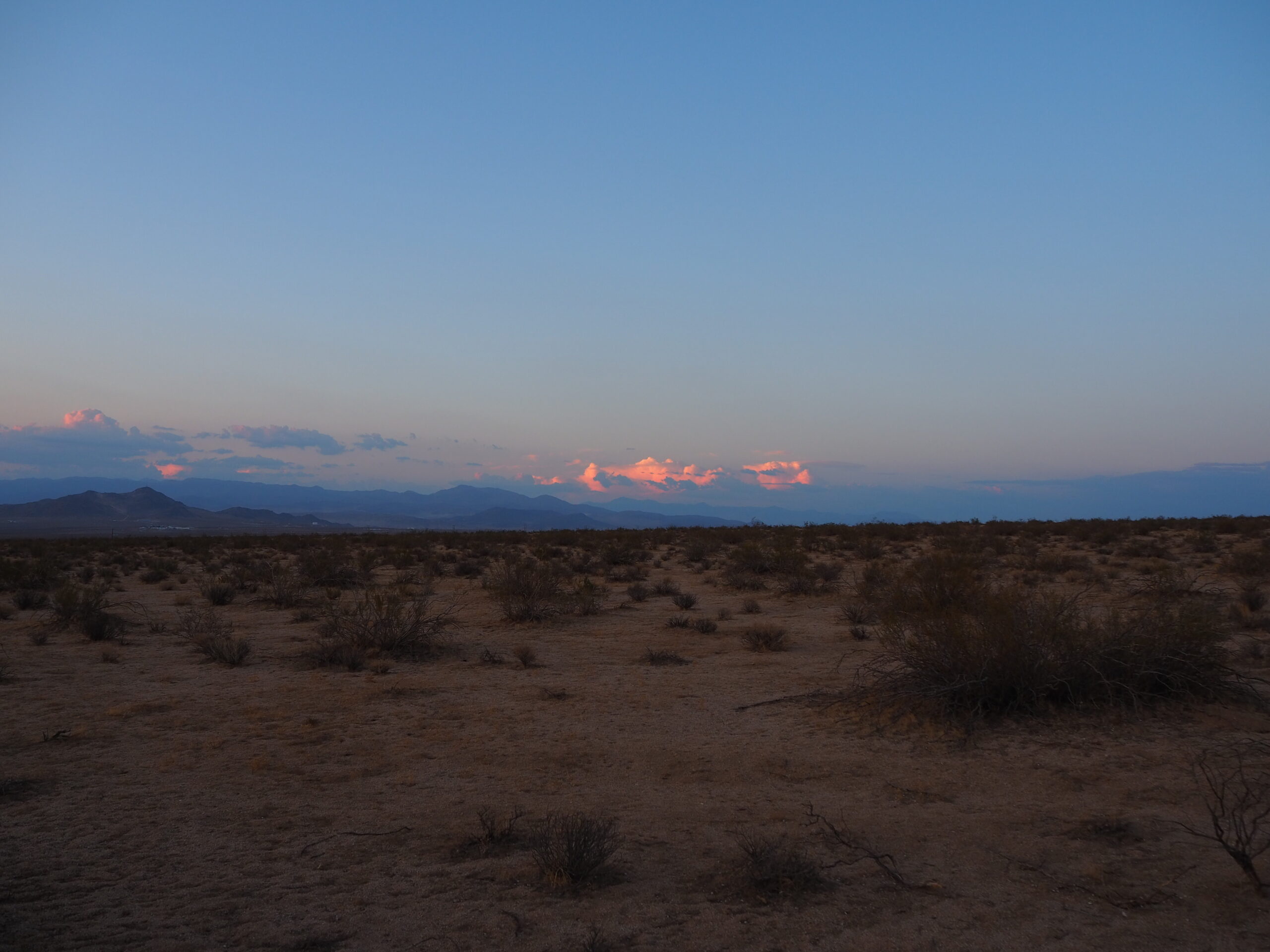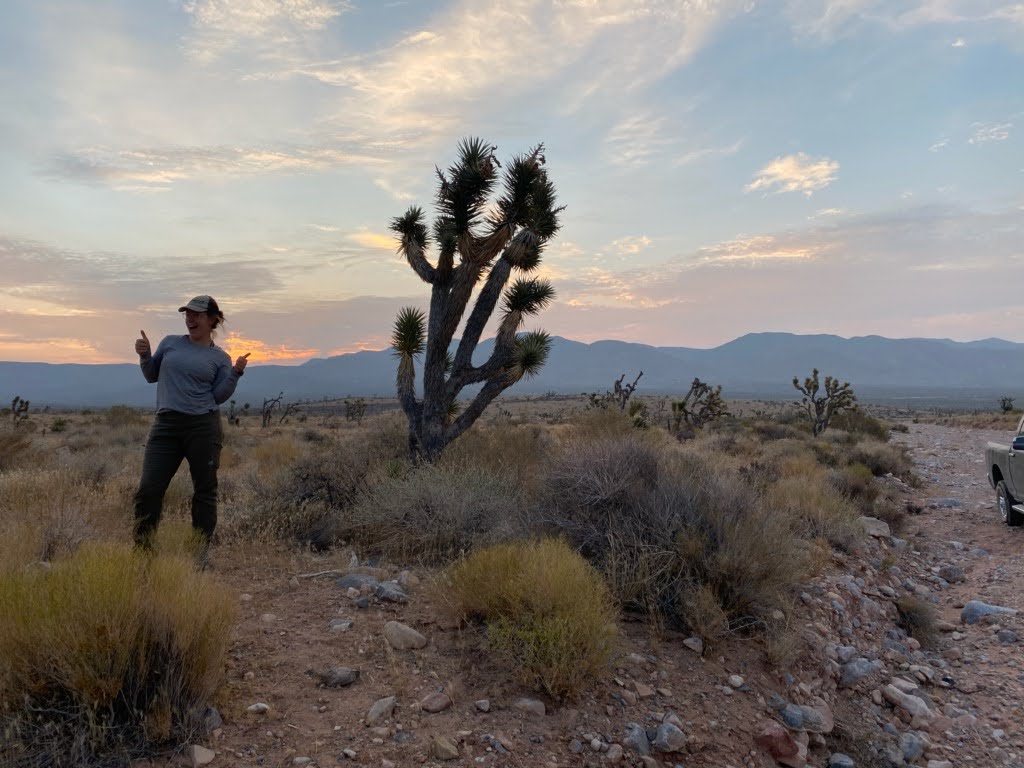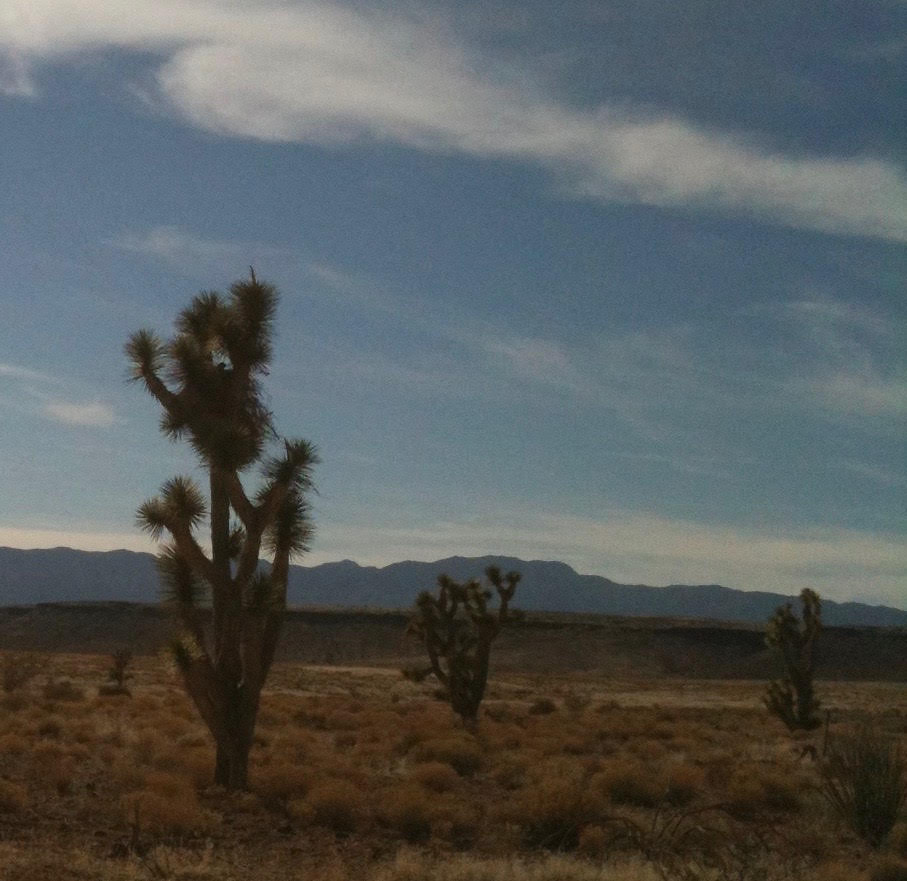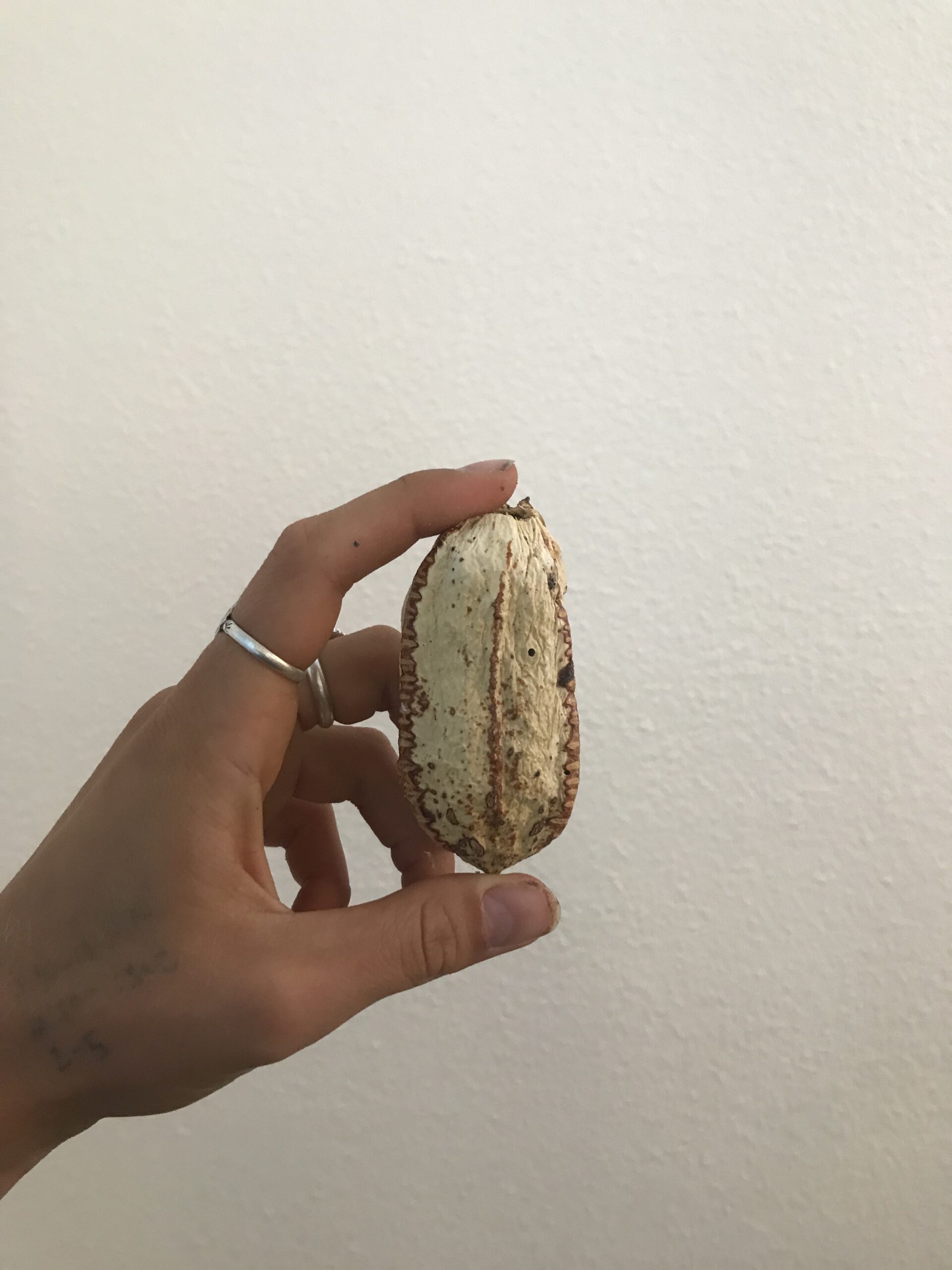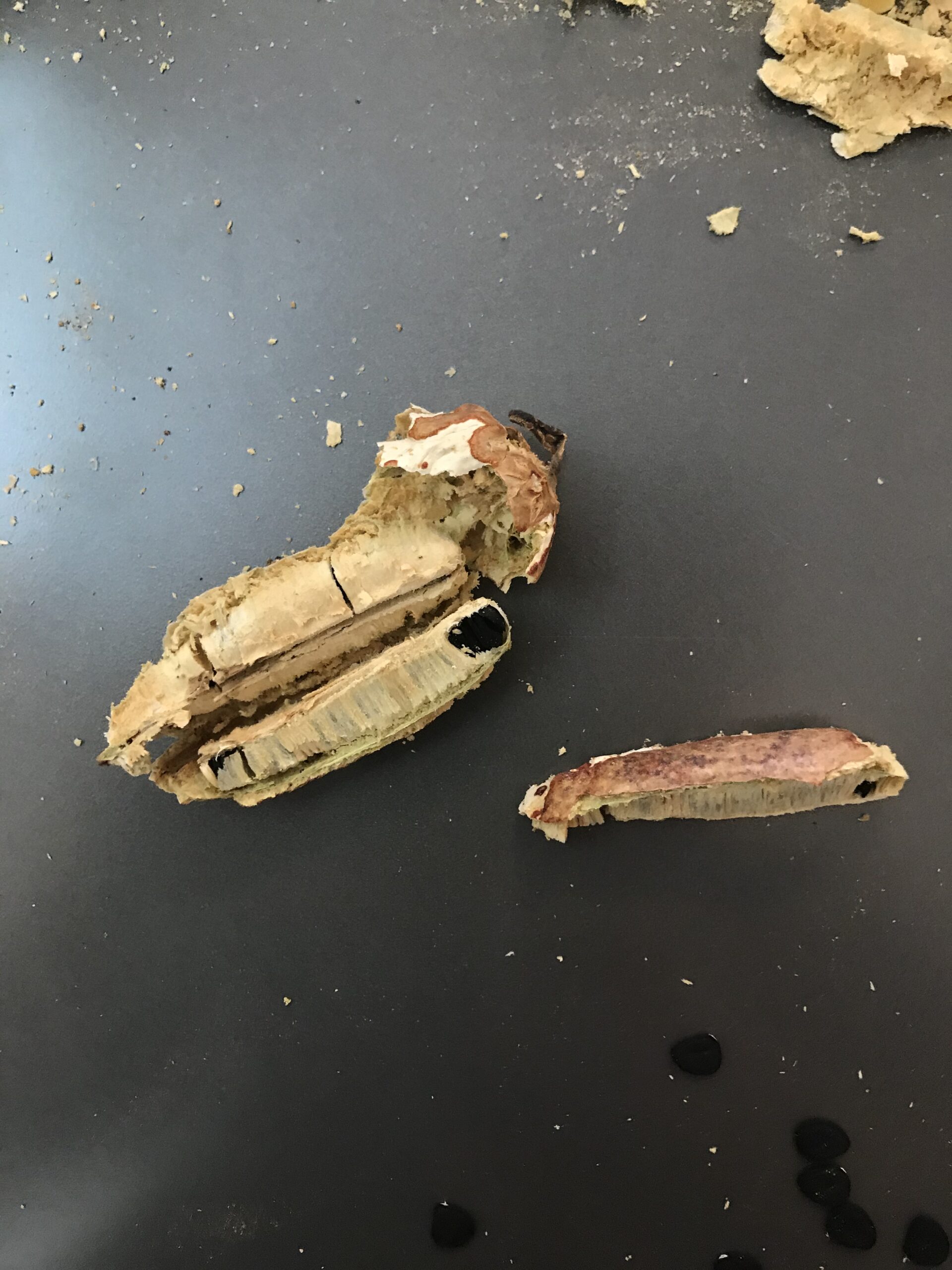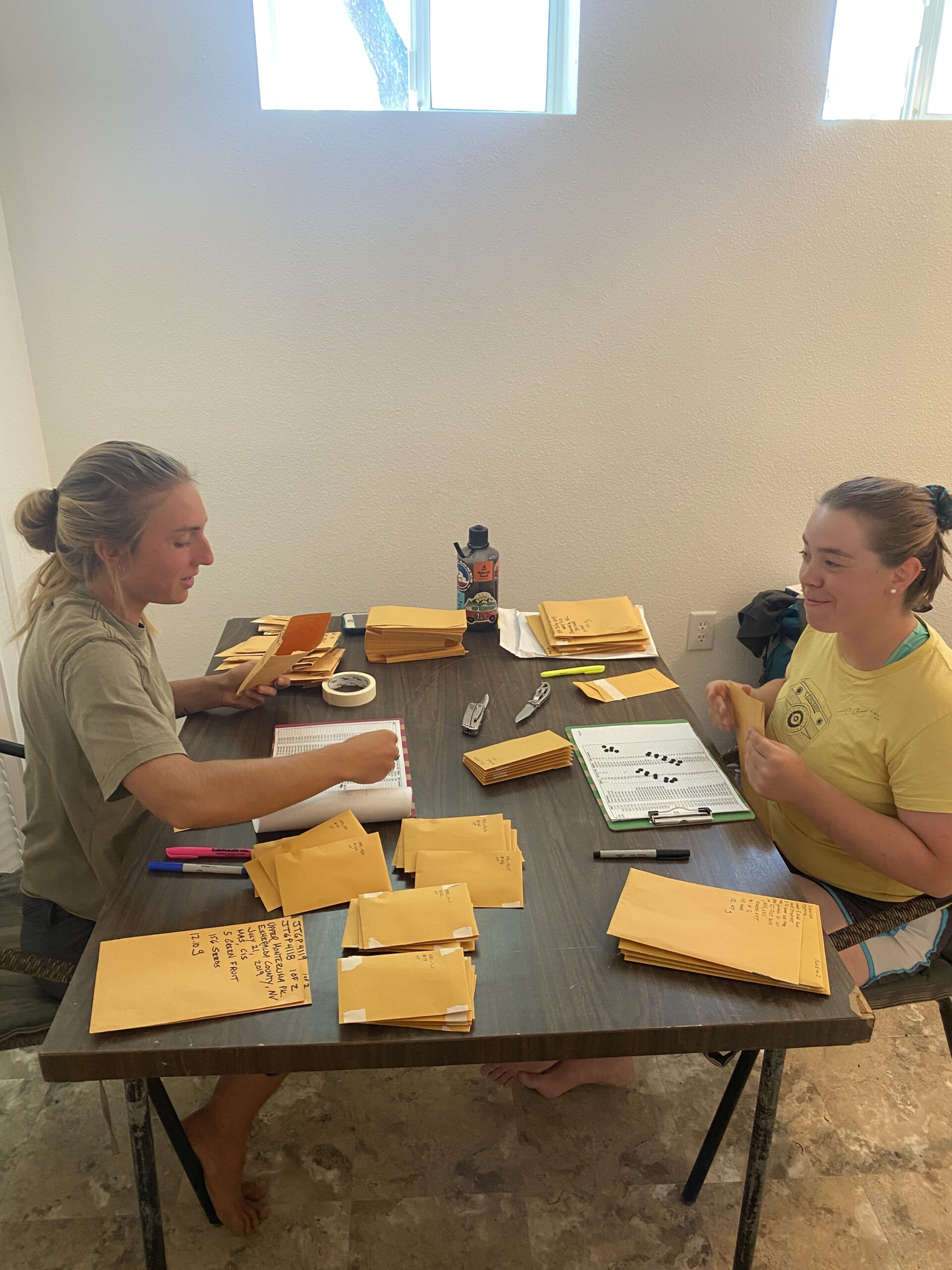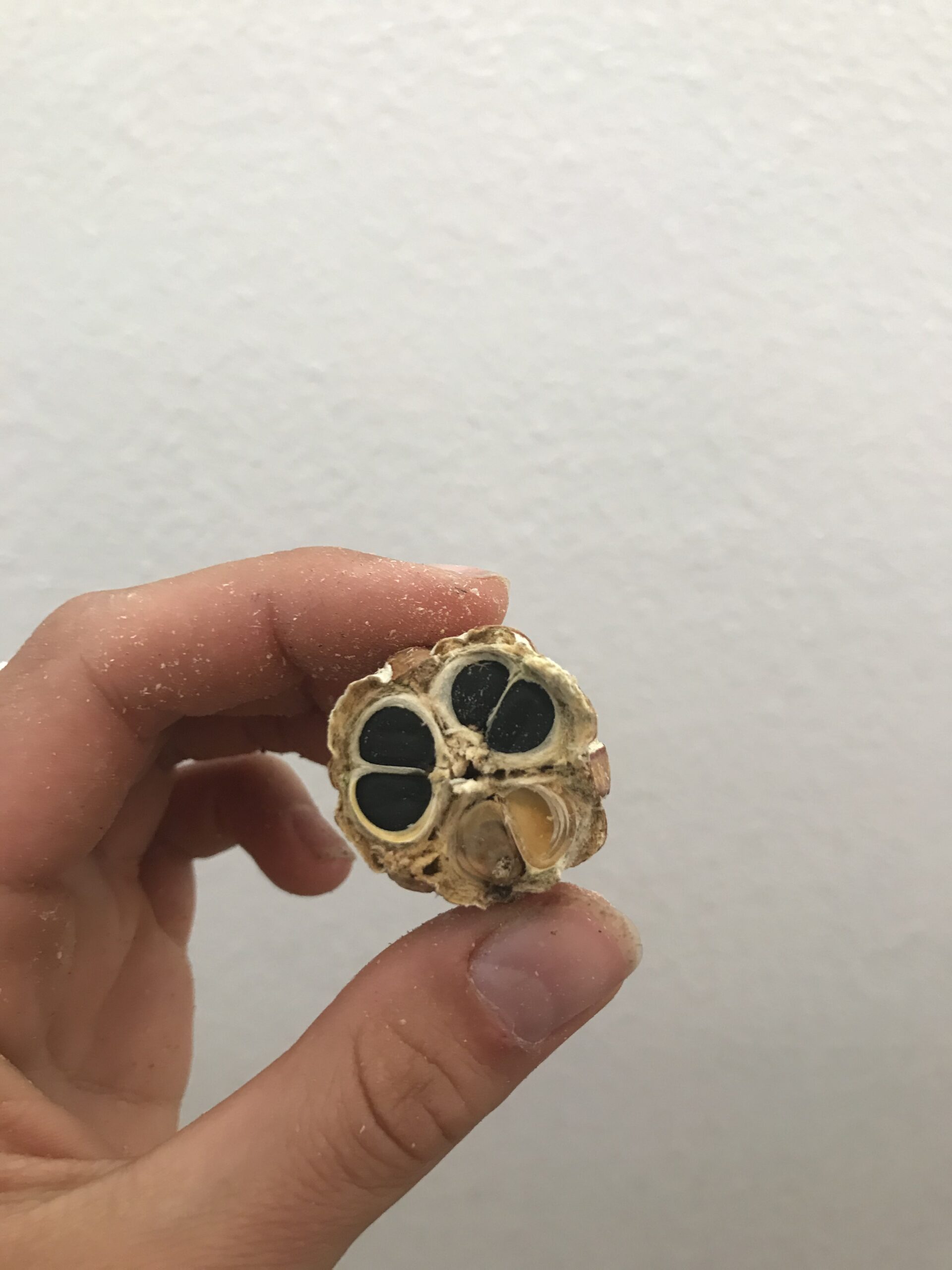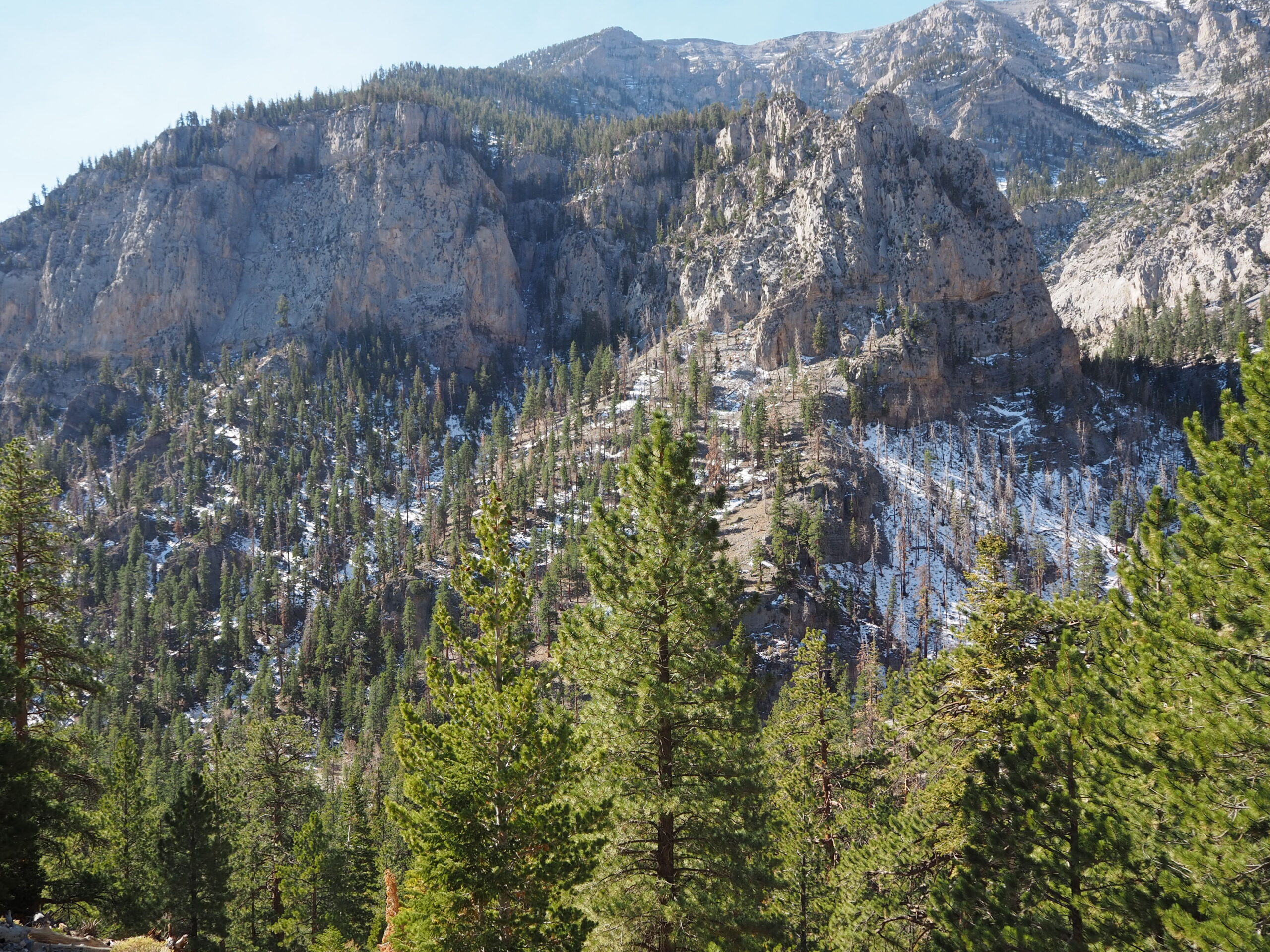
Seedlings, snow, and Santa Rita mountains! It’s been a busy month out here in the desert, planting thousands of delicate Joshua Tree seeds; I’ve been organizing, prepping petri plates, germinating, and finally gently nestling these fellas in the soil mixes I described last blog post. All in all, this process is fairly arduous and complex, but the seeds themselves make it a lot easier. As soon as they are set in a little pool of water, they suck it up rapidly and most start producing a root within 2-3 days! A couple weeks into this task, we already have many of our early planted trees starting to emerge with their bright green leaves above the surface. The goal of this planting is to have about 4 plants per genetic line in each of our 4 sites. Sadly, I will be wrapping up this internship before USGS plans to plant these seedings in the desert, but in the meantime I will continue to plant seeds, care for the seedings, and make sure everything stays organized!
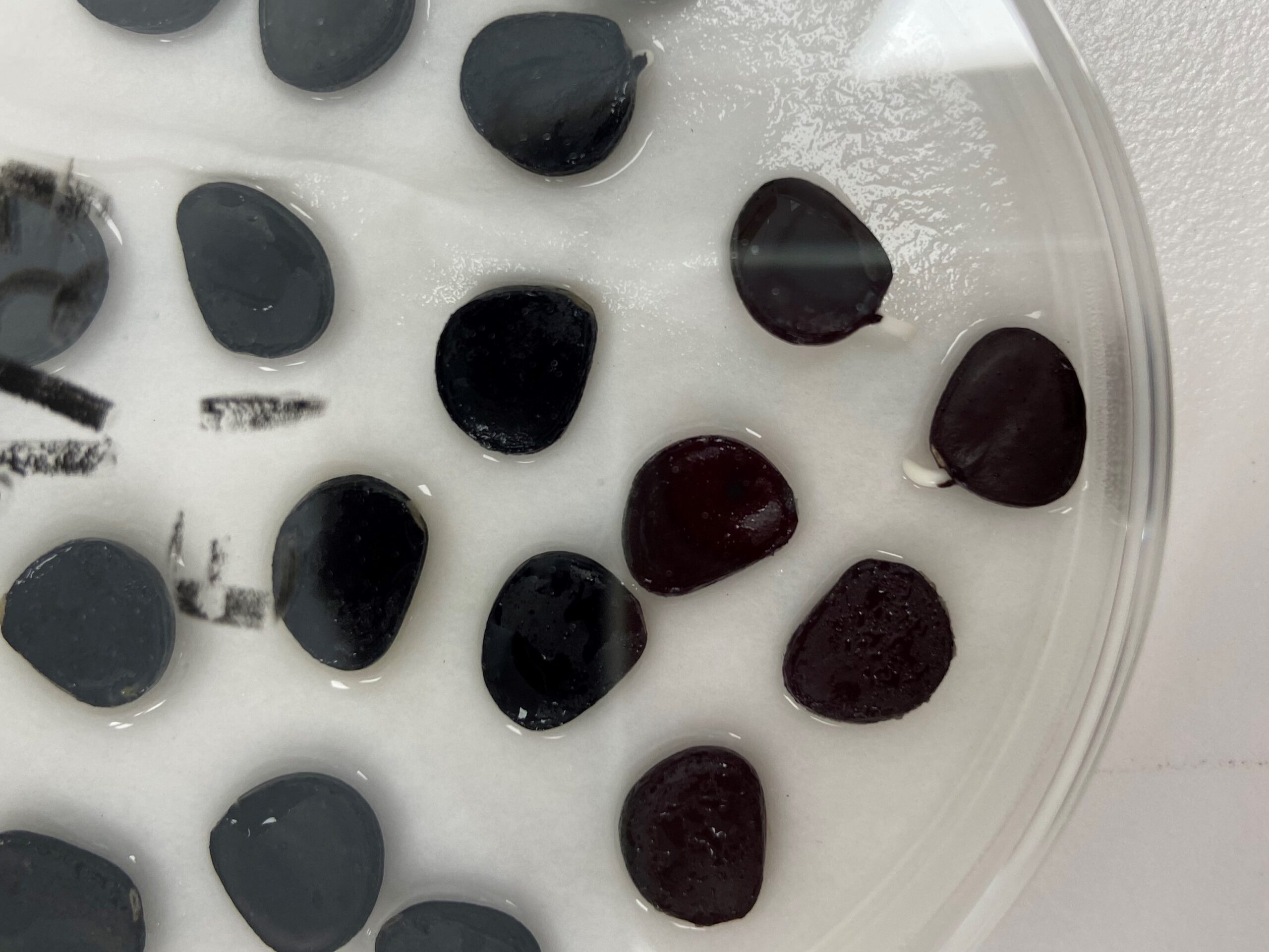
Some seeds start to germinate 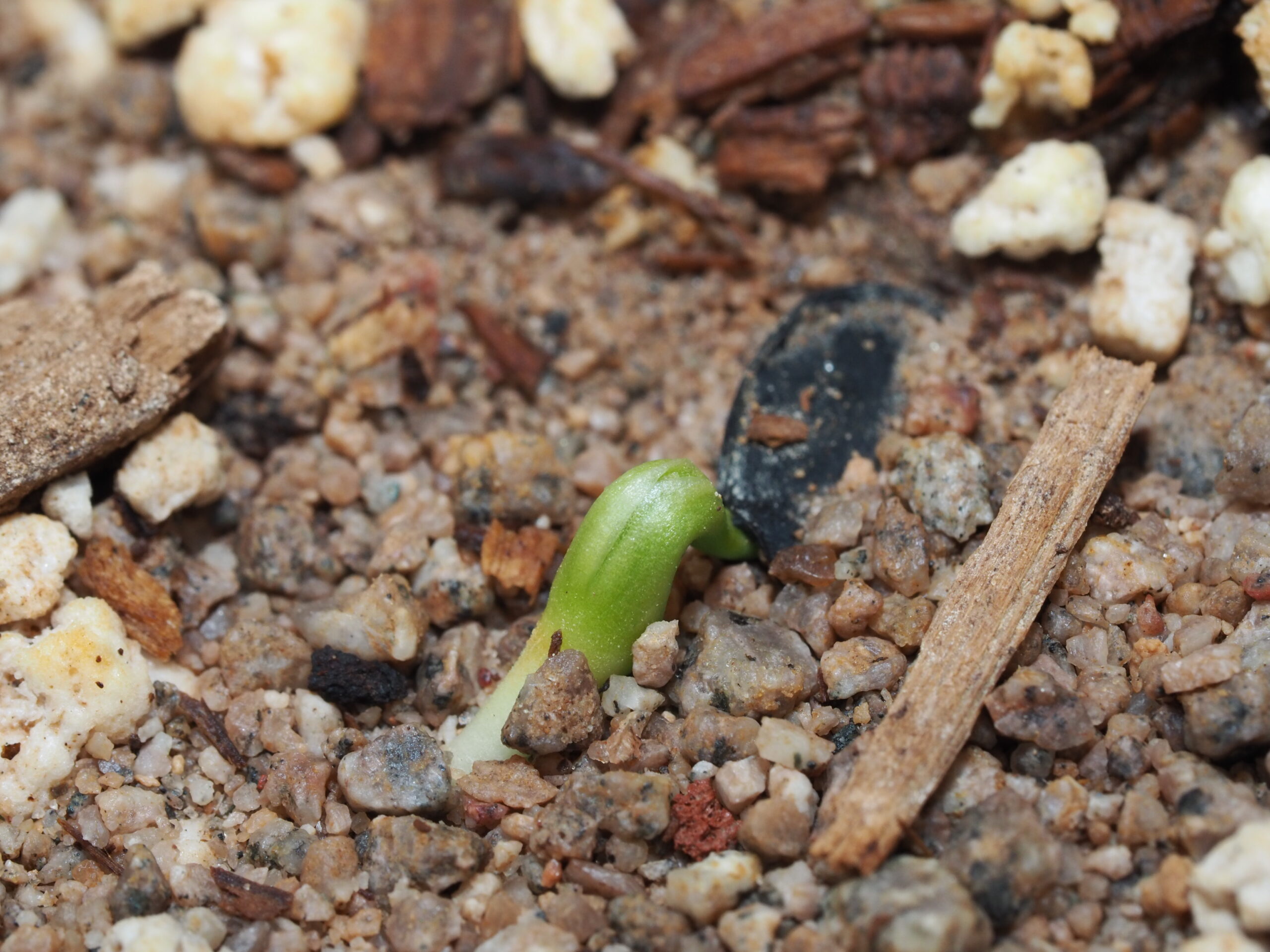
Cotyledon emerging
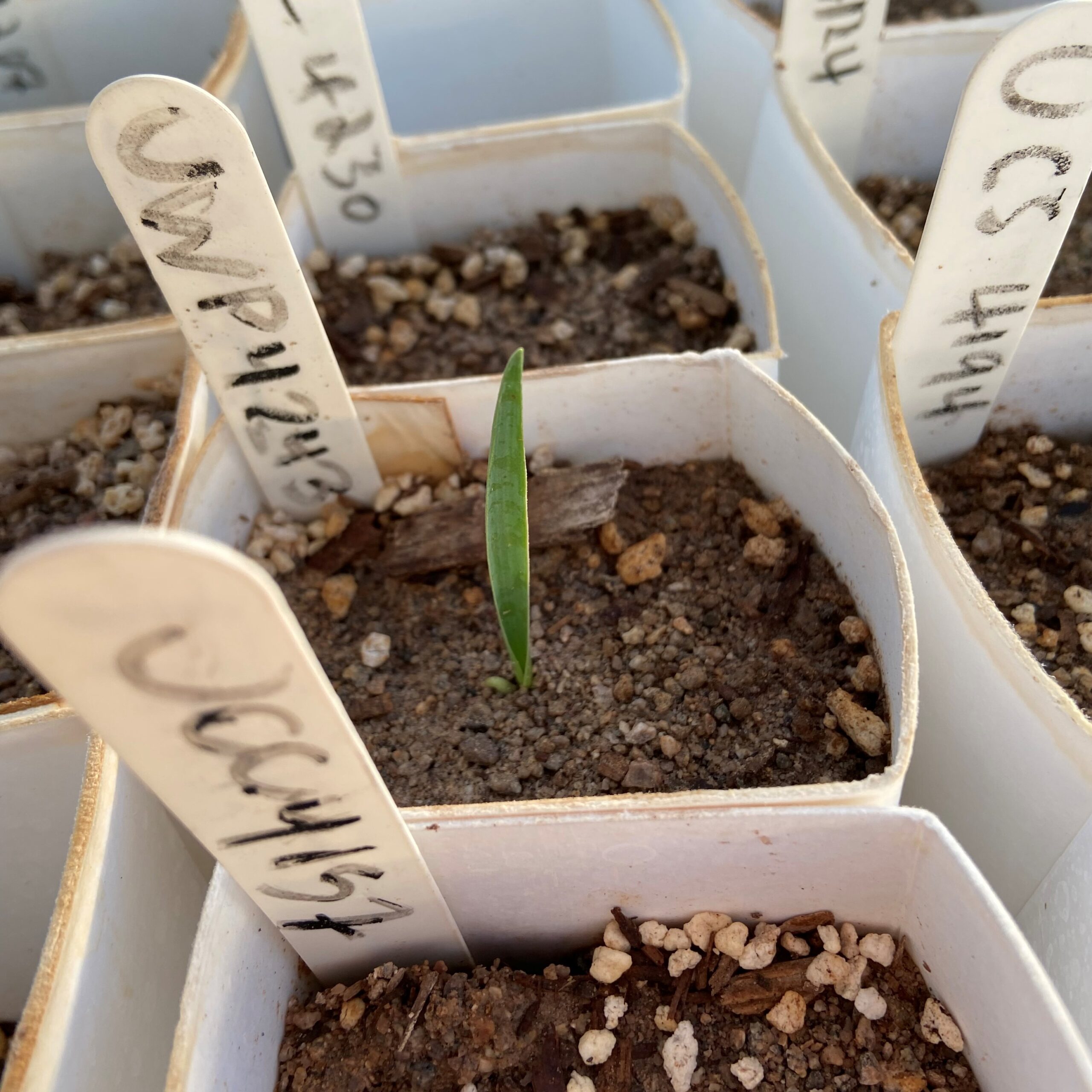
Besides using my green thumb in the greenhouse and the usual Joshua Tree field work, I’ve also been asked to start helping with a couple projects. This week, I will be going into the field to help take cuttings of a desert shrub called Eriogonum fasciculatum. We will be taking branches and leaves from wild bushes in a bid to grow cuttings from them. Next post I will go into more depth with this project and the field work, along with whatever else interesting comes up!
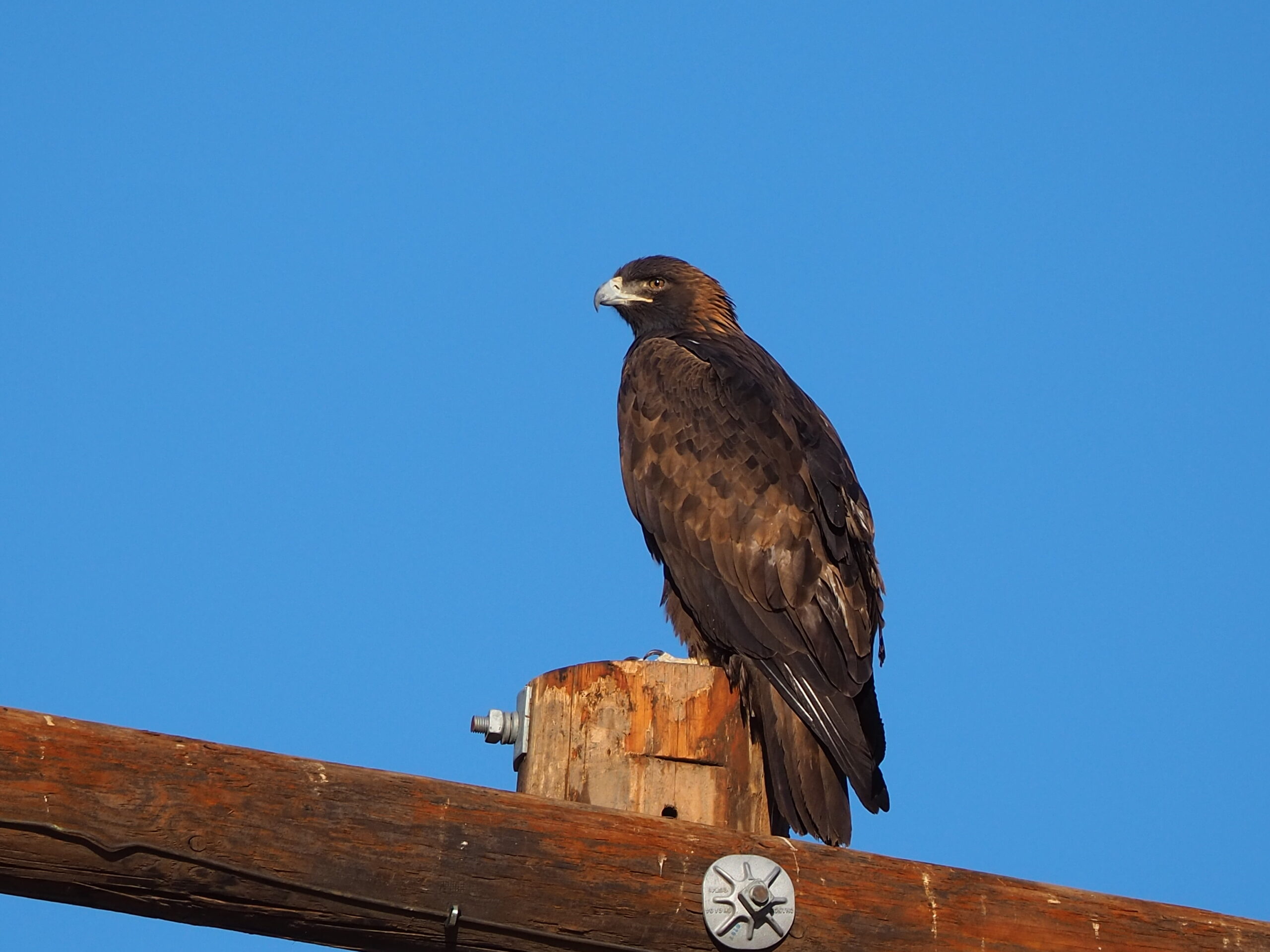
Lastly, I took a trip down to the Santa Rita mountains in SE Arizona! These mountains are known as “sky islands” where interesting birds that wouldn’t be found elsewhere in the desert can be spotted. Below are some photos of things I saw in the area and on the way there and back! Until next time, thanks for reading!
